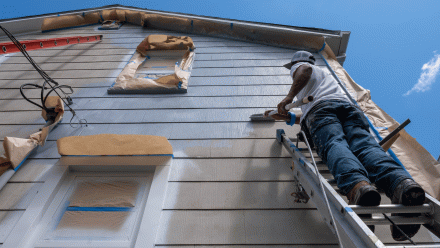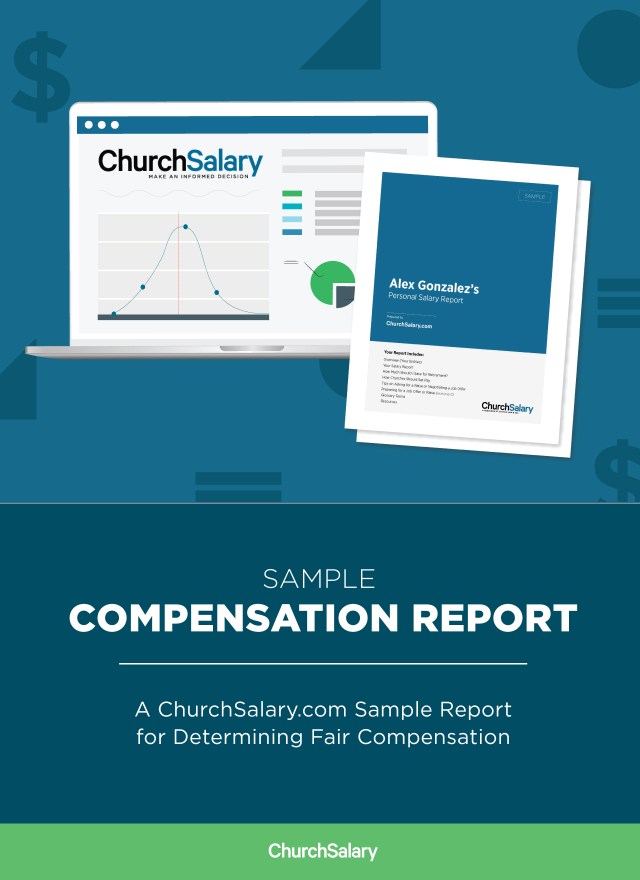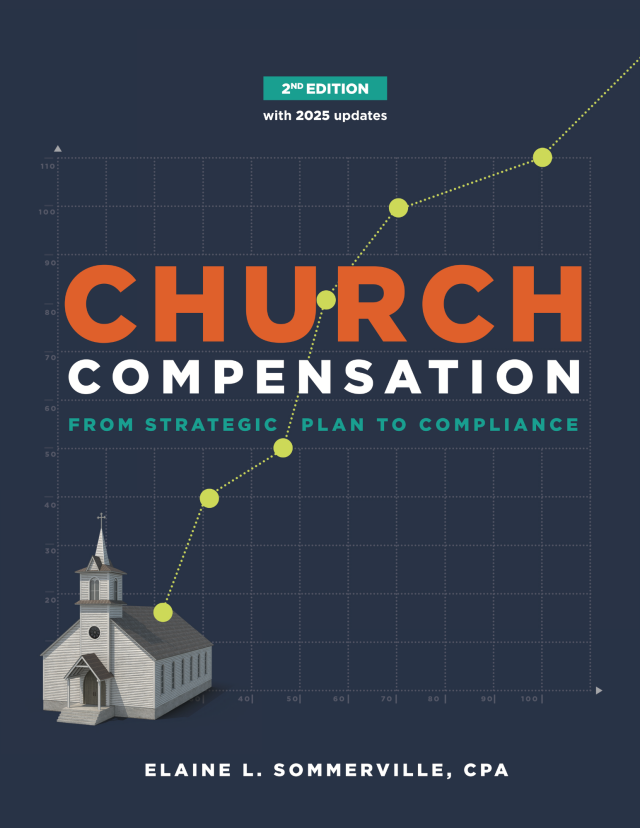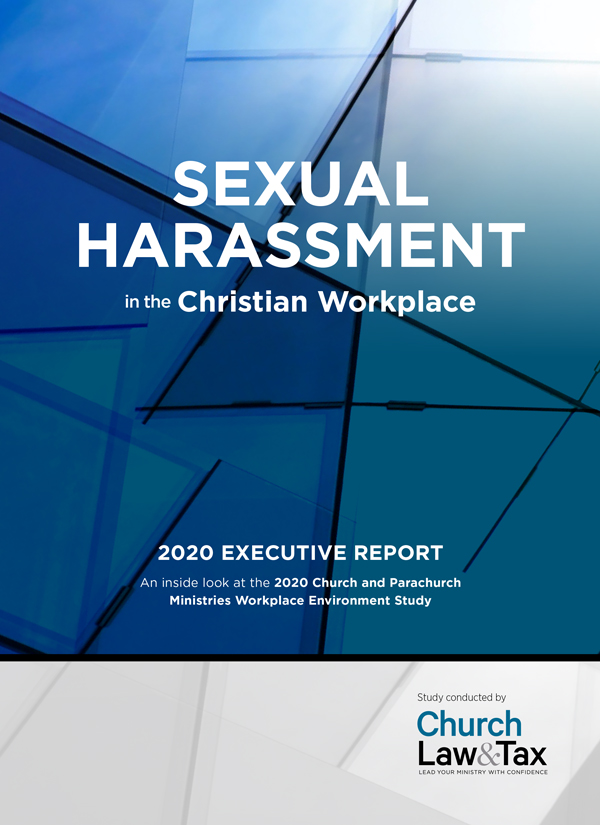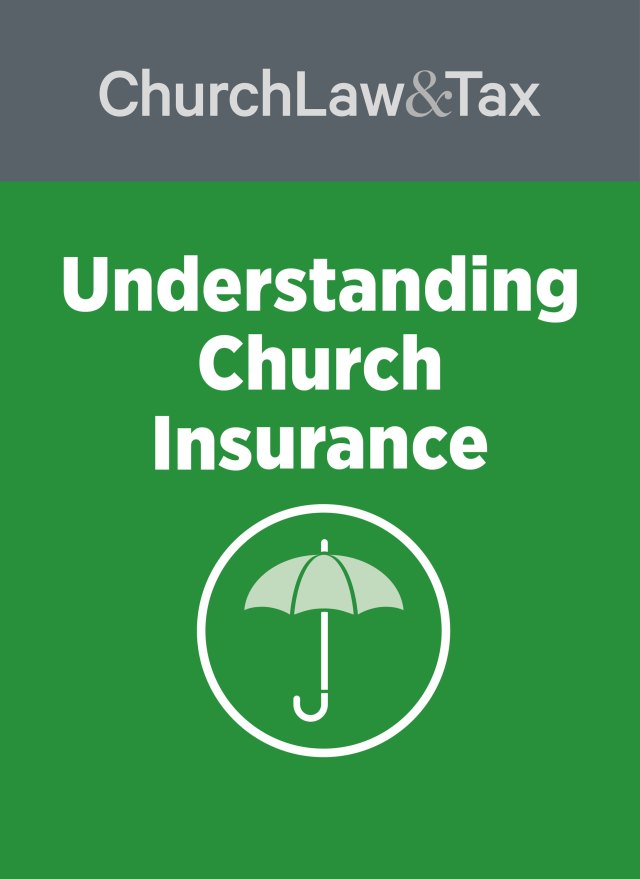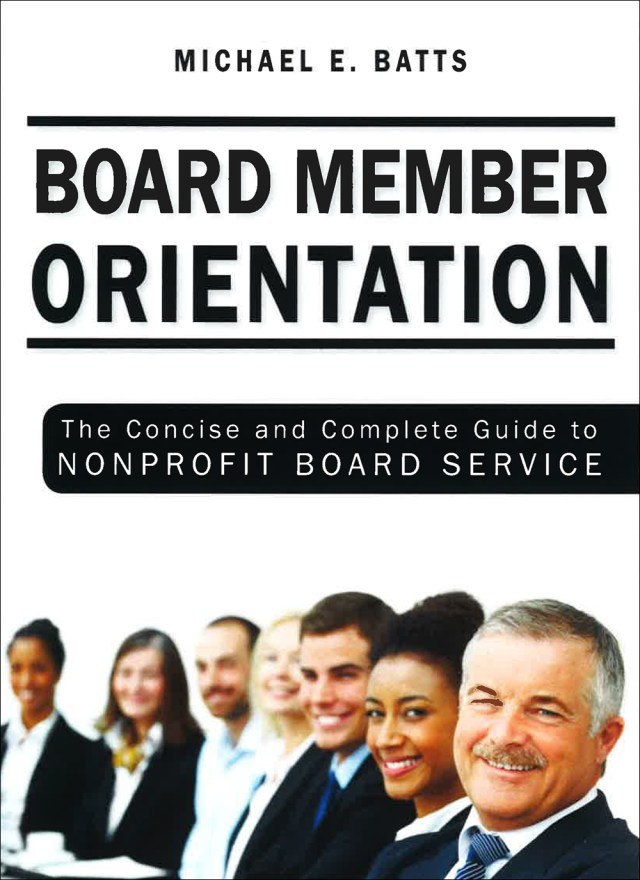Churches and schools engage in various maintenance and construction projects, from renovations to community service initiatives. However, without proper safety measures, these activities can lead to serious accidents. Accident prevention should be a priority, especially when volunteers with varying skill levels use power tools and other equipment.
Custodial Training for Safe Equipment Use
Churches and schools often employ custodians responsible for maintenance. Training in the safe use of tools, chemicals, and equipment should be part of their orientation and ongoing education to minimize risks.
Assigning a Safety Supervisor
To reduce the risk of accidents, appoint a safety supervisor for all maintenance and construction projects. The supervisor’s role includes monitoring the worksite for hazards and providing necessary training to workers.
Sample Work Agreement
All workers should acknowledge the authority of the safety supervisor. A sign-in agreement can help establish this:
To promote a safe work environment, First Church has designated (name of safety supervisor) as the safety supervisor on this work project. The safety supervisor has full authority to dictate safety measures, and workers must comply with all safety precautions. I agree to abide by all safety rules for this project.
Key Areas for Accident Prevention
Worksite Safety
- Clear work areas of materials that could cause trips or falls.
- Ensure proper lighting and ventilation.
- Flag pipes or beams at work level to prevent collisions.
Tool Safety
- Inspect tools before use and mark defective ones as “Do Not Use.”
- Provide training on the correct use of tools.
- Use tools only for their intended purpose.
Safe Work Practices
- Workers should avoid loose clothing and jewelry that can get caught in machinery.
- Maintain proper posture to prevent falls.
- Provide clear instructions for lifting heavy objects to reduce back injuries.
Personal Protective Equipment (PPE)
- Identify tasks that require safety glasses, gloves, or masks.
- Ensure custodians and maintenance staff wear slip-resistant shoes.
OSHA Guidelines for Hand and Power Tools
The Occupational Safety and Health Administration (OSHA) recommends the following rules for safe tool use:
- Keep tools in good working condition.
- Use the correct tool for the job.
- Inspect tools before use and do not use damaged tools.
- Follow manufacturer instructions.
- Use proper protective equipment.
Electrical and Ladder Safety
Preventing Electrical Hazards
- Ensure power tools are properly grounded.
- Use three-wire cords and grounded receptacles.
- Do not use electrical tools in wet areas unless they are rated for such use.
Safe Ladder Practices
- Use ladders only on stable surfaces.
- Maintain three points of contact when climbing.
- Do not exceed the ladder’s weight limit.
First Aid and Emergency Preparedness
Churches should maintain a first-aid kit at all work sites and train designated individuals in CPR. In case of injury:
- Call 911 immediately.
- Do not move individuals with suspected head or spinal injuries.
- Apply direct pressure to wounds to control bleeding.
FAQs on Accident Prevention in Churches
What are the most common church maintenance hazards?
Falls from ladders, improper tool use, and electrical hazards are among the most common risks.
How can churches improve accident prevention?
Assigning a safety supervisor, providing training, and following OSHA guidelines significantly reduce risks.
What personal protective equipment (PPE) should churches require?
Gloves, safety glasses, and slip-resistant shoes are essential for most maintenance and construction projects.
How often should churches inspect tools and equipment?
Tools should be inspected before each use, and defective tools should be removed from service immediately.
By implementing these accident prevention strategies, churches can create a safer environment for volunteers, staff, and community members.
